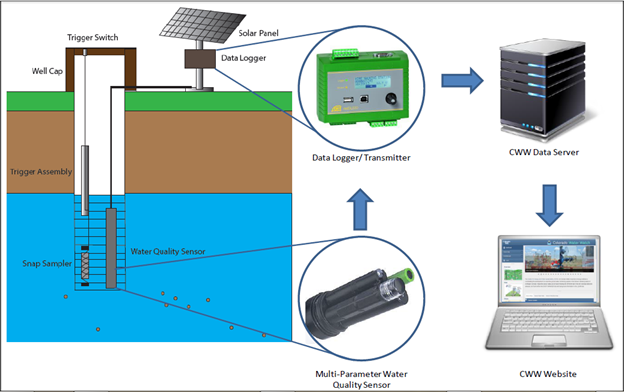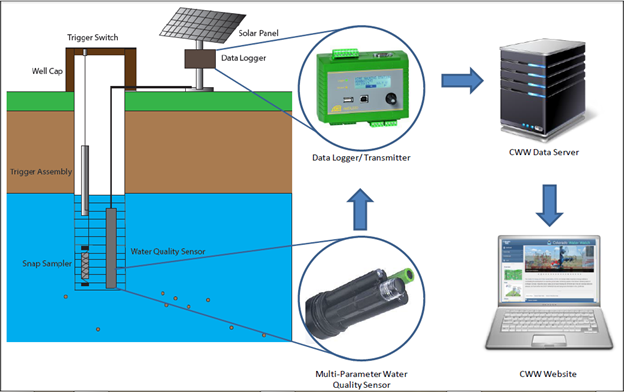Hydraulic fracturing or ‘Fracking’ has become more prevalent and controversial in the US in recent years. More than 90 percent of new natural gas wells in the US are completed using this method. While it is endorsed by some as a game-changer that promises an increase in the nation’s economy due to energy independence, job creation, and lower energy prices; others are calling for a temporary moratorium or a complete ban on fracking due to environmental concerns.
To address this uncertainty and confusion, the Center for Energy Water Sustainability (CEWS) at Colorado State University has developed a real-time groundwater monitoring system in the Denver-Julesburg basin, called the Colorado Water Watch (CWW).This real-time system employs the Hydrolab MS5, OTT netDL data logger, and OTT ecoLog 800 groundwater level and conductivity sensor.

Monitoring Solution:
- The Colorado Water Watch monitoring stations are equipped with real-time water quality sensors and are situated in close proximity to oil and gas operations.
- The monitoring stations use a Hydrolab MS5 multi parameter water quality sonde in combination with an OTT netDL 500 cellular data logger and an OTT ecoLog groundwater level and conductivity sensor with built-in telemetry options.
- The system is designed to continuously look for any changes in baseline groundwater quality using surrogate indicators. The real time data is automatically collected and wirelessly transferred to the Colorado Water Watch database once every hour.
- The monitoring data is then analyzed using advanced anomaly detection algorithms that can examine historical patterns and detect any changes in the water quality. The analyzed data is published on the Colorado Water Watch website for public access.
- The Colorado Water Watch has released a user-friendly website which incorporates real-time data analysis tools. More information available on waterwatch.colostate.edu.
- The Colorado Water Watch will keep evolving and more monitoring stations will be added to establish monitoring network with a better resolution.
View live data from the project
View a 2-minute CSU video on the project




